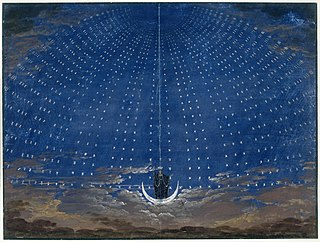
The Magic Flute, K. 620, is an opera in two acts by Wolfgang Amadeus Mozart to a German libretto by Emanuel Schikaneder. The work is in the form of a Singspiel, a popular form during the time it was written that included both singing and spoken dialogue. The work premiered on 30 September 1791 at Schikaneder's theatre, the Freihaus-Theater auf der Wieden in Vienna, just two months before the composer's death. It was the last opera that Mozart composed. The opera was an outstanding success from its first performances, and remains a staple of the opera repertory to this day.

Leopold Joseph Franz Johann Fitzinger was an Austrian zoologist.
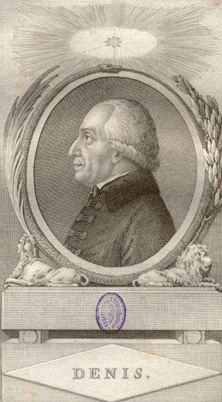
Johann Nepomuk Cosmas Michael Denis, also: Sined the Bard, was an Austrian Catholic priest and Jesuit, who is best known as a poet, bibliographer, and lepidopterist.
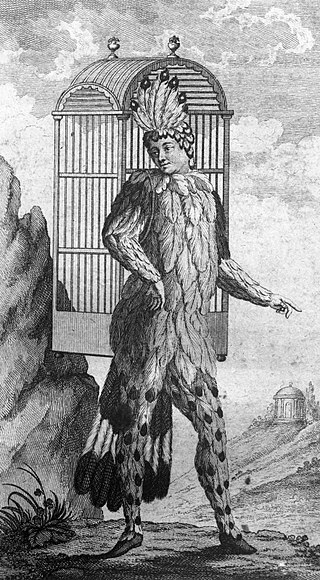
Emanuel Schikaneder was a German impresario, dramatist, actor, singer, and composer. He wrote the libretto of Wolfgang Amadeus Mozart's opera The Magic Flute and was the builder of the Theater an der Wien. Peter Branscombe called him "one of the most talented theatre men of his era". Aside from Mozart, he worked with Salieri, Haydn and Beethoven.
Wolfgang Hutter was a painter, draughtsman, printmaker and stage designer. Hutter's imagery is characterised by an artificial paradise of gardens and fantastical fairytale-like scenes. His work is said to have been influenced by his psychedelic experiences.

Peter Winter, later Peter von Winter, was a German violinist, conductor and composer, especially of operas. He began his career as a player at the Mannheim court, and advanced to conductor. When the court moved to Munich, he followed and later became kapellmeister of the opera there. His opera Das Labyrinth, a sequel to Mozart's Die Zauberflöte, was premiered in Vienna in 1798, and his Maometto at La Scala in Milan in 1817. His work has been regarded as a bridge between Mozart and Weber in the development of German opera.
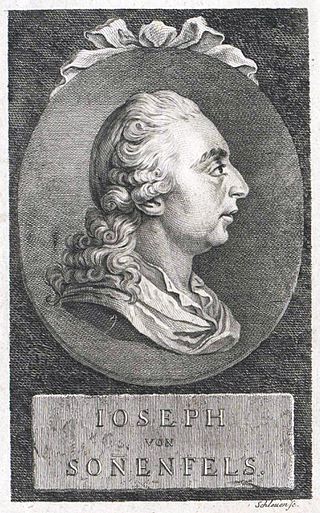
Joseph Freiherr von Sonnenfels was an Austrian and German jurist and novelist. He was among the leaders of the Illuminati movement in Austria, and a close friend and patron of Mozart. He is also the dedicatee of Ludwig van Beethoven's Piano Sonata No. 15, Op. 28, which was published in 1801.
Karl Ignaz Augustin Kohaut was an Austrian diplomat, lutenist and composer of Czech descent. He is considered to be one of the last important composers of music for Baroque lute.
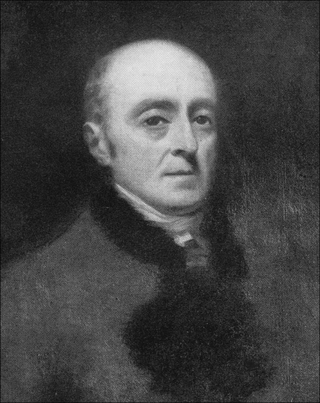
Carl Ludwig Giesecke FRSE was a German actor, librettist, polar explorer and mineralogist. In his youth he was called Johann Georg Metzler; in his later career in Ireland he was Sir Charles Lewis Giesecke. Late in his life he claimed to friends to have been, in his youth, the librettist of Mozart’s famous opera The Magic Flute.
Martin Eybl is an Austrian musicologist.
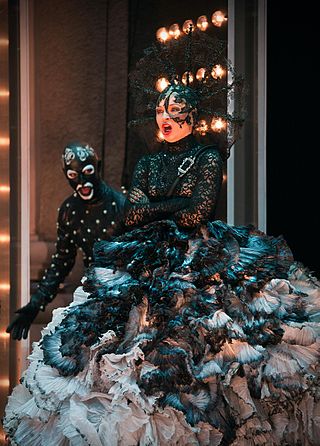
Das Labyrinth oder Der Kampf mit den Elementen. Der Zauberflöte zweyter Theil is a "grand heroic-comic opera" in two acts composed in 1798 by Peter von Winter to a German libretto by Emanuel Schikaneder. The work is in the form of a Singspiel, a popular form that included both singing and spoken dialogue. The opera is a sequel of Mozart's 1791 opera The Magic Flute.
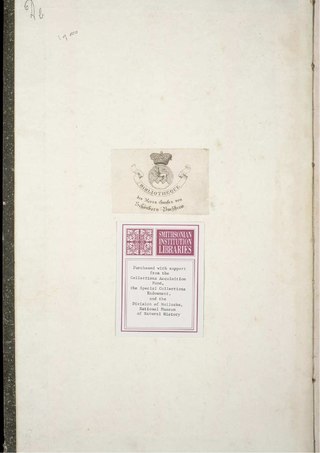
Joachim Anton Johann Nepomuk Spalowsky was an naturalist and polymath who lived in Vienna.
David Joseph Buch is an American musicologist.
Michael Lorenz is an Austrian musicologist, noted as a Mozart scholar and for his archival work combining music history and genealogical research.

[Johann] Ignaz Albrecht was an Austrian engraver active from ca. 1789. He is listed as an engraver in the various Viennese Kommerzialschematismen until 1814. The "Verlassenschaftsabhandlungen" and the "Totenbeschauprotokolle" in the Wiener Stadt- und Landesarchiv reveal that two of Albrecht's children died in 1791 and a third died in 1796. During this period the residence of this "Kupferstecher" is given as "auf der Wieden No. 312."

The Magic Flute is a celebrated opera composed in 1791 by Wolfgang Amadeus Mozart. Mozart employed a libretto written by his close colleague Emanuel Schikaneder, the director of the Theater auf der Wieden at which the opera premiered in the same year.. Grout and Williams describe the libretto thus:
Schikaneder, a kind of literary magpie, filched characters, scenes, incidents, and situations from others' plays and novels and with Mozart's assistance organized them into a libretto that ranges all the way from buffoonery to high solemnity, from childish faerie to sublime human aspiration – in short from the circus to the temple, but never neglecting an opportunity for effective theater along the way.

Ignaz (Franz) von Mosel was an Austrian court official, composer and music writer.
The Magic Flute Part Two is a fragmentary closet libretto by Johann Wolfgang von Goethe, which is inspired by Mozart's The Magic Flute. Parts were published in 1802 by Friedrich Wilmans, but its final form was published by Goethe in 1807.
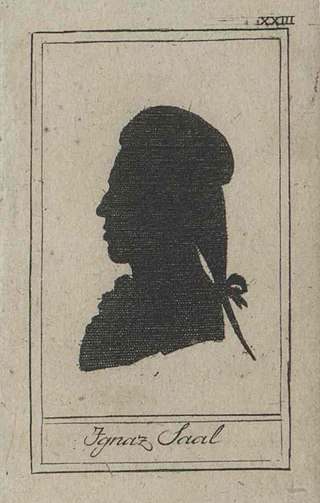
Ignaz Saal was an operatic bass and comedian. He was for decades a member of the Imperial Court Theatre in Vienna. Saal performed the bass parts in the world premieres of Haydn's oratorios Die Schöpfung and Die Jahreszeiten, and appeared as Don Fernando in the premiere of Beethovens Fidelio on 23 May 1814 at the court theatre.
Carl Ignaz Anton Demmer, also known as Karl, was an operatic tenor at the Vienna court opera, and possibly Florestan in the first version of Beethoven's opera Fidelio on 20 November 1805, then titled Leonore, oder Der Triumph der ehelichen Liebe.
















